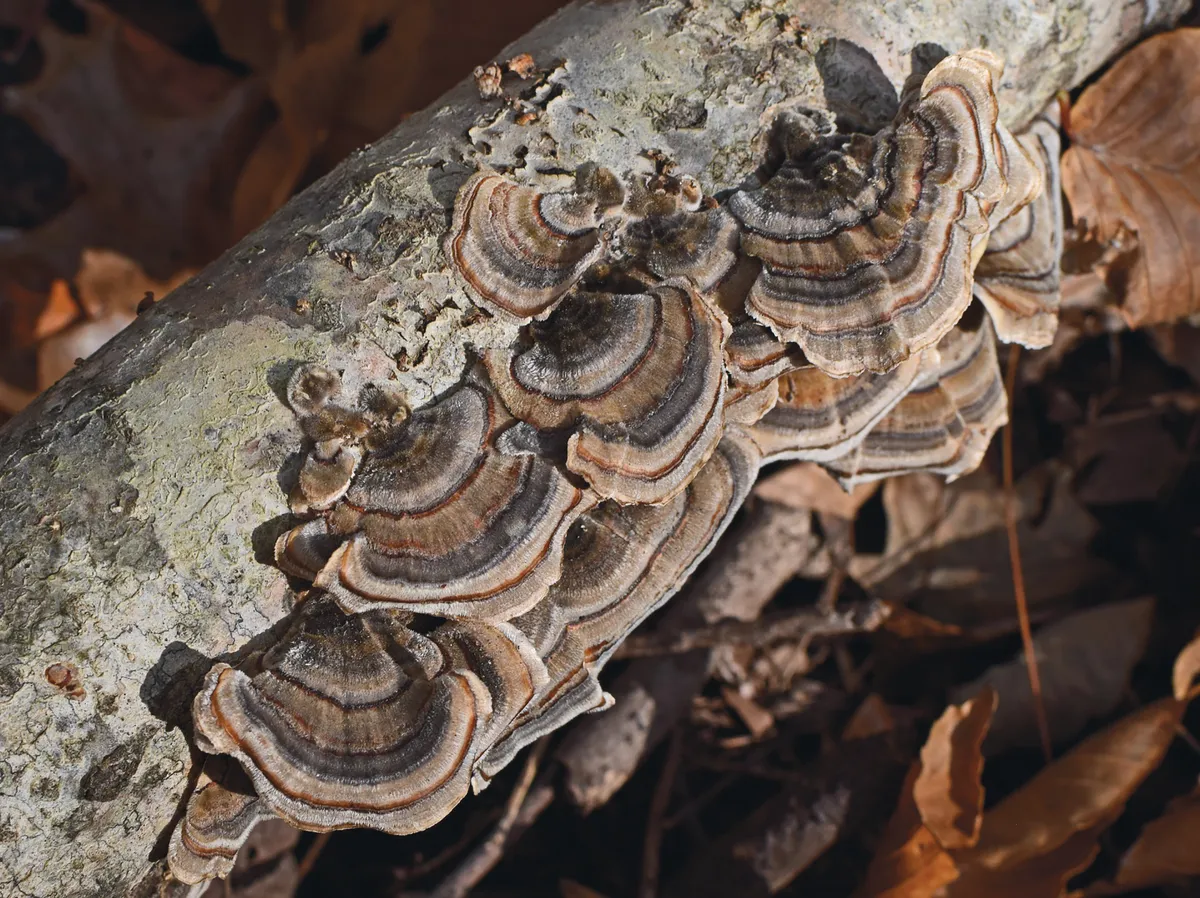Plants and fungi are becoming extinct at an alarming rate, yet they have potential uses as future fuel, food and medicines, according to the Royal Botanic Gardens, Kew.
The new report, State of the World’s Plants and Fungi, a collaboration between 210 scientists from 42 countries, found that two-fifths of the world’s plants are at risk of extinction. The authors suggest swift action is needed to fast track risk assessments, using technology such as artificial intelligence, so that key conservation areas and species can be saved.
Humans are only making use of a small proportion of the world’s beneficial plants species, at the same time as they are vanishing faster than they can be found and named.
“Societies have been too dependent on too few species for too long,” says Alexandre Antonelli, director of science at Kew. “At a time of rapid biodiversity loss, we are failing to access the treasure chest of incredible diversity on offer and missing a huge opportunity for our generation.”

2,500 plants were identified as being usable for fuel or bioenergy, but only six crops — maize, sugarcane, soybean, palm oil, rapeseed and wheat — generate 80% of global industrial biofuel.
More than 7,000 edible plants hold potential as future foods, yet just 15 plants provide 90% of humanity’s food energy intake. Four billion people rely entirely on rice, maize and wheat.
“The thousands of under-utilised and neglected plant species are the lifeline to millions of people on Earth tormented by unprecedented climate change, pervasive food and nutrition insecurity, and economic disempowerment,” says Stefano Padulosi, co-author of the report’s food chapter.
Among these future foods is the morama bean, a drought-tolerant South African legume, with seeds that when roasted taste similar to a cashew nut and can be boiled or ground to a powder to make porridge or cocoa-like drink.

The research also found that 723 medicinal plants are at risk of extinction, with over-harvesting in some parts of the world being a major concern. Four billion people rely on herbal medicines as their primary source of healthcare and China and South Africa are among the top consumers.
Threatened species include Brugmansia sanguinea, a medicinal plant used traditionally for circulatory disorders, which has been listed as ‘extinct in the wild’ by the International Union for Conservation of Nature (IUCN); Nepenthes khasiana, traditionally applied for skin diseases; and the black pepper bark tree (Warburgia salutaris), a traditional medicine for coughs and colds.
The authors hope that scientific advances will reveal new medicines from nature and provide an incentive for conserving biodiversity.
1,942 plants and 1,886 fungi were named as new to science in 2019, according to the report. Exciting discoveries include six new species of Allium, the genus to which garlic, onions, leeks and chives belong; a new tree in the mahogany family, a possible new source of timber; and three new species from the genus Oenothera (also known as evening primrose) – other plants in this genus produce gamma linoleic acids used to treat sclerosis, eczema, and psoriasis.
Alexandre Antonelli, director of science at Kew, says:
“As we start the most critical decade our planet has ever faced, we hope this report will give the public, businesses and policymakers the facts they need to demand nature-based solutions that can address the triple threats of climate change, biodiversity loss and food security.”
Read this year’s State of the World’s Plants and Fungi .
Main image: Brugmansia sanguinea is one of the medicinal plants threatened with extinction. © RBG Kew

